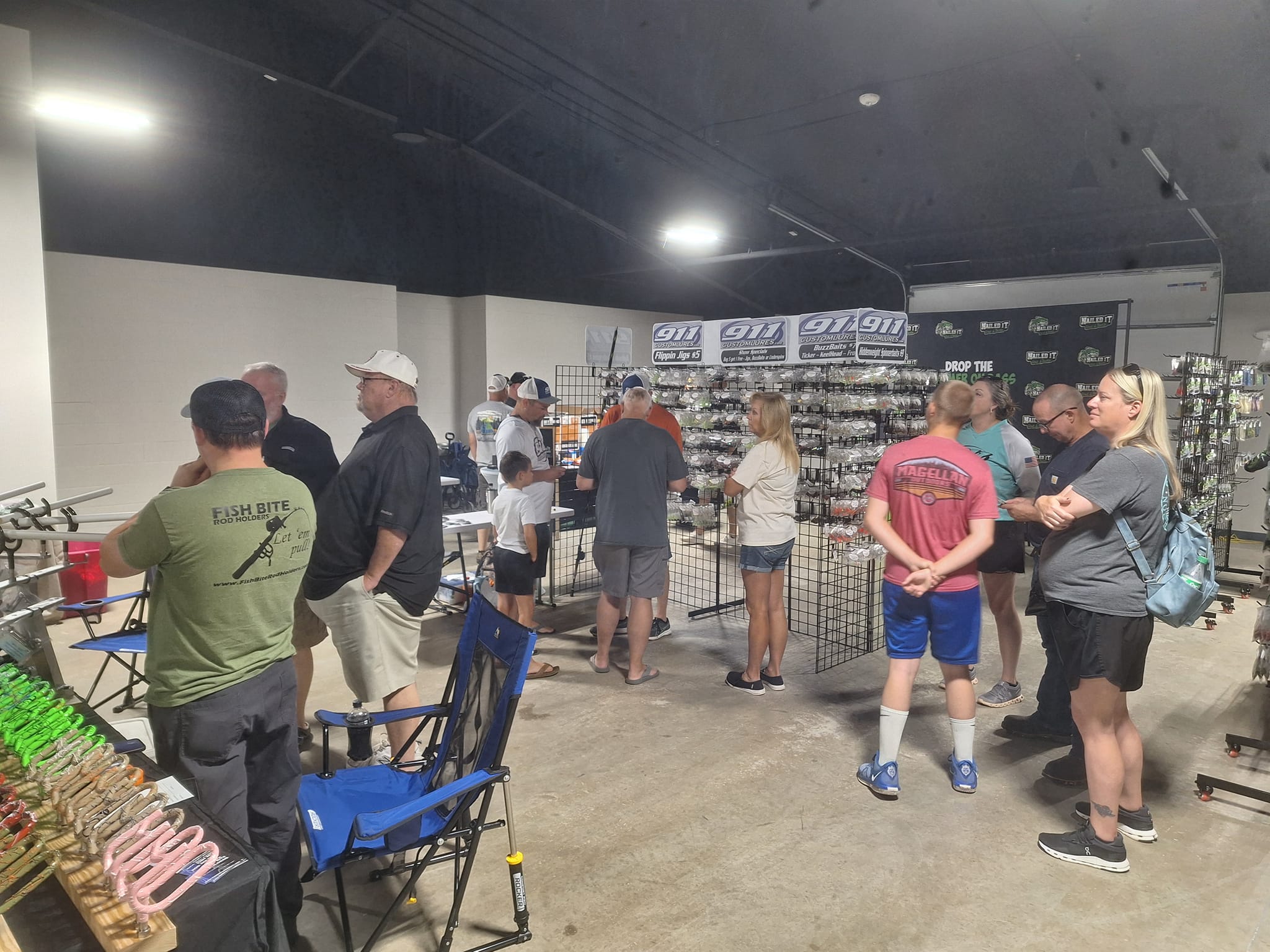NC Wildlife Resources Commission reports additional cases of Chronic Wasting Disease
Published 6:25 pm Wednesday, April 17, 2024
|
Getting your Trinity Audio player ready...
|
RALEIGH, N.C. (April 17, 2024) – The N.C. Wildlife Resources Commission (NCWRC) is confirming 13 new cases of Chronic Wasting Disease (CWD) from deer samples submitted since July 1, 2023. This brings the total number of positive results in North Carolina to 24, since the disease was first detected in a Yadkin County deer harvested in 2021.
“These additional cases are not entirely unexpected,” said Wildlife Management Division Chief Brad Howard. “After the initial detection in Yadkin County we activated our response plan. It called for greatly increasing the number of deer tested to get a clear picture of where CWD occurs in our state and how many deer are infected. I’m actually encouraged by how few CWD-positive deer we’ve found, given how many deer we’ve tested.”
Last fall, 36,146 samples were collected from wild cervids, and the NCWRC has received results from 98% of those samples. The 13 CWD-positive results this year came from counties where CWD-positive deer had been identified in previous years, Cumberland, Surry, Stokes and Yadkin counties. Preliminary testing indicated CWD-positive results for one deer harvested in Johnston County and one deer harvested in Franklin County. Secondary testing, conducted through the National Veterinary Services Laboratory in Ames, Iowa, later reversed results for those counties.
Trending
“Our agency’s standard protocol is to have the National Veterinary Services Lab provide a double-check of any samples that initially test positive for CWD,” said Howard. “In the case of the two deer from Johnston and Franklin counties, the initial slides contained what the pathologists refer to as light staining of the follicles. Light staining can very well mean CWD. In this case, the pathologists at the National Lab examined both sample sets and determined that the staining was artifact staining and concluded that these deer (Johnston and Franklin locations) did not have CWD. This is exactly why we submit samples for double confirmation and why we do not initiate regulatory changes until we have that confirmation.”
Continued testing is imperative because it’s nearly impossible to tell if a deer has CWD by observation. Signs of illness may not be apparent for 16 months or more after a deer is infected, and given enough time, the disease is always fatal. The Cervid Health Cooperator Program, allows participating taxidermists and processors to collect samples from deer brought to their facilities.
CWD is caused by abnormal proteins, called prions, that slowly spread through a deer’s nervous system, eventually causing spongy holes in the brain that lead to death. The disease is spread between deer through direct contact and environmental contamination from infected saliva, urine and feces. CWD can be unknowingly spread to new areas by the transportation of hunter-harvested deer carcasses or carcass parts. There is no vaccine, treatment or cure. There is no USDA-approved live test for CWD, so effective surveillance methods require the testing of dead deer, primarily hunter harvests.
“CWD presents a host of challenges, but our goal continues to be preserving our deer herd and the tradition of deer hunting,” said Howard. “The sampling numbers this year were unprecedented. Working with our hunters, taxidermists, and processors, we tested roughly 19% of the total reported harvest statewide. Not finding CWD in any new counties this year is extremely encouraging. We will continue our efforts to monitor for the disease annually to remain vigilant of where it is on our landscape.”
Importation of whole carcasses of cervids (deer, elk, moose or reindeer/caribou) from any state, Canadian province or foreign country is prohibited. Anyone transporting cervid carcass parts into North Carolina must follow processing and packaging regulations, and carcass parts or containers of cervid meat or parts must be labeled and identified.
Regulations may be viewed on NCWRC’s website.
Trending
For more information about CWD, including a chart with testing results to date, visit ncwildlife.org/CWD.






